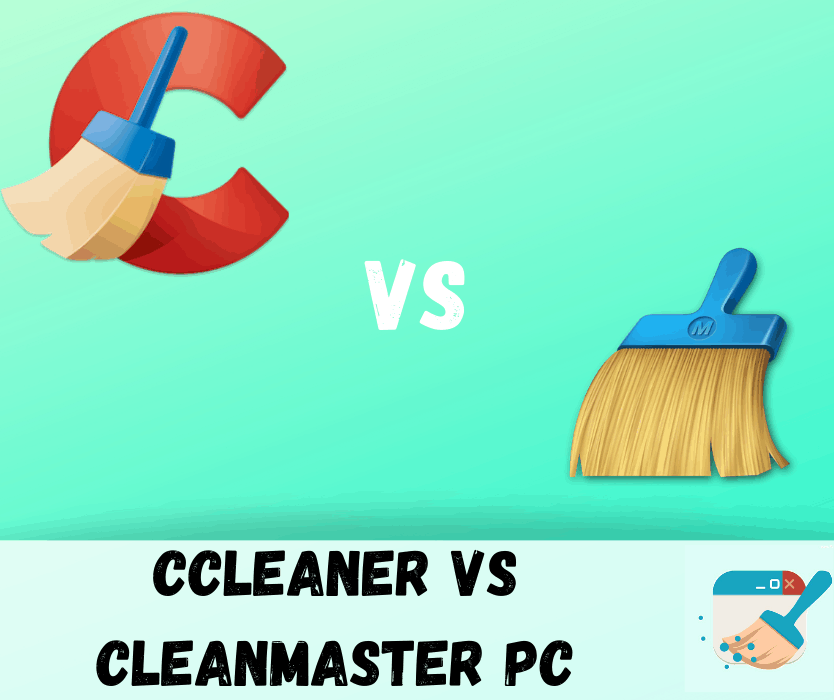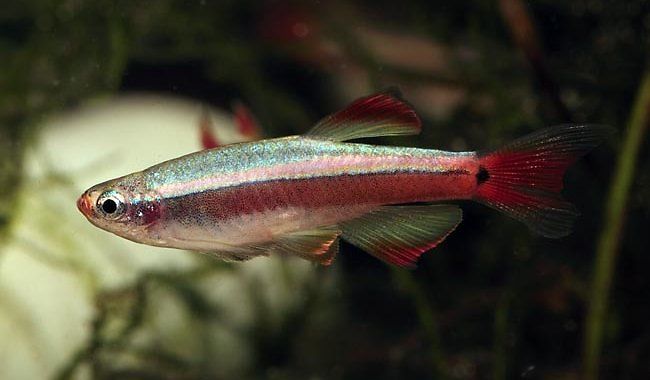


This system is used by corporations to file 1.7 million disclosures per year. Hackers broke in by exploiting a vulnerability in the filing component of the regulator’s EDGAR system. Securities and Exchange Commission admitted that a breach of its systems in 2016 gave hackers access to nonpublic information that might have been used for insider trading.

Hackers Accessed Confidential Data at U.S. Many people in the security industry suspect that other similar compromises have already happened and haven’t been discovered yet.
#Ccleaner cloud slow software
Security researchers warn that the number of software supply chain attacks will increase because they’re a perfect attack vector to bypass traditional defenses, including application whitelisting. “In this particular example, a fairly sophisticated attacker designed a system which appears to specifically target technology companies by using a supply chain attack to compromise a vast number of victims, persistently, in hopes to land some payloads on computers at very specific target networks,” the Cisco Talos researchers said.
#Ccleaner cloud slow update
In that incident, hackers inserted a backdoor into a legitimate update for an enterprise server administration tool developed by a company called NetSarang Computer.Īll evidence found so far suggests that the CCleaner compromise was a sophisticated targeted attack whose goal was to ultimately gain access to the networks of high-profile companies. The hacking groups associated with Axiom have launched similar supply chain attacks in the past, including the recent ShadowPad attack revealed by Kaspersky Lab last month. While there is no definitive attribution for the attack, researchers from Kaspersky Lab, Intezer and Cisco Talos independently confirmed that there is code and command-and-control infrastructure overlap between the first-stage backdoor and malware used in the past by Axiom, an umbrella group for cyberespionage operations linked to China’s intelligence agencies. However, since the server logs only covered three days, the number of computers that received the second malware program was likely into the hundreds, the company said. The targeted companies include Microsoft, Google, Samsung, Intel, Sony, VMware, HTC, Samsung, Sintel, Vodafone, O2, Epson, Akamai, D-Link and Cisco itself.Īvast confirmed Cisco’s findings on Thursday and said it found evidence that the second-stage payload was deployed on 20 systems belonging to eight of those companies.
#Ccleaner cloud slow install
These files included the secondary malware program and also revealed a list of 18 companies on whose systems the attackers intended to install it. But yesterday, researchers from Cisco Systems’ Talos division revealed that they obtained a copy of the files hosted on the command-and-control server. However, it also allocated memory for an additional payload that was supposed to be delivered from the server.įor the first couple of days after the hack was announced, it seemed that no security firm had seen this second payload. This code’s purpose was to collect information about the systems it was running on-their names, domain names, IP addresses, process lists, etc.-and submit it to a command-and-control server. Upon installation, CCleaner v and CCleaner Cloud v loaded a lightweight backdoor program directly in memory.


 0 kommentar(er)
0 kommentar(er)
